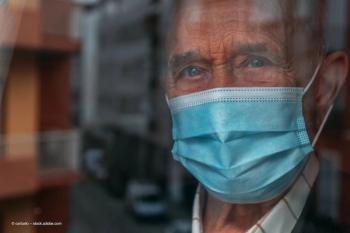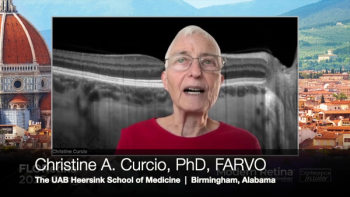
Climate change increasing incidence of cataracts
The increased level of ultraviolet (UV) rays in the Earth's atmosphere due to the depleted ozone layer is increasing the risk of cataract-induced blindness, according to a spokesman from the Fred Hollows Foundation.
The increased level of ultraviolet (UV) rays in the Earth's atmosphere due to the depleted ozone layer is increasing the risk of cataract-induced blindness, according to a spokesman from the Fred Hollows Foundation.
Andreas Mueller released the statement to mark World Health Day, whose theme this year was "Protecting health from climate change". The foundation, which was established in 1993 to treat cataracts in the developing world, claims that UV exposure is one of the top three causes of cataract, but that exposure can be minimized by simple protective measures such as wearing sunglasses and wide-brimmed hats.
Newsletter
Get the essential updates shaping the future of pharma manufacturing and compliance—subscribe today to Pharmaceutical Technology and never miss a breakthrough.







































